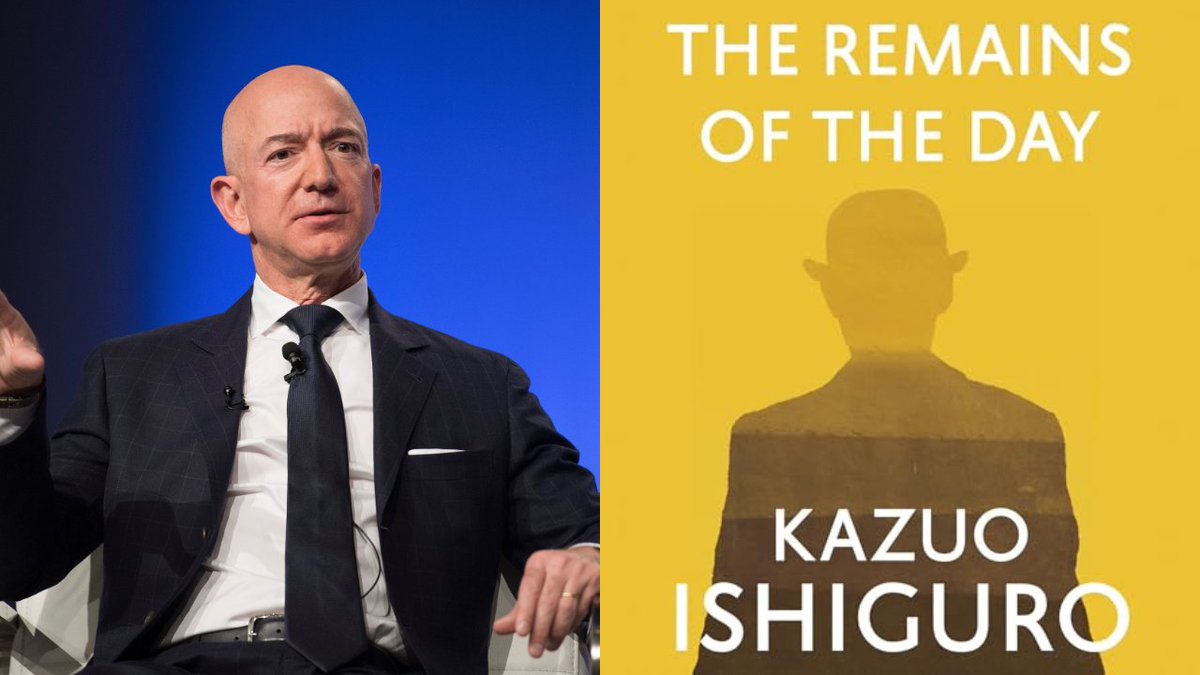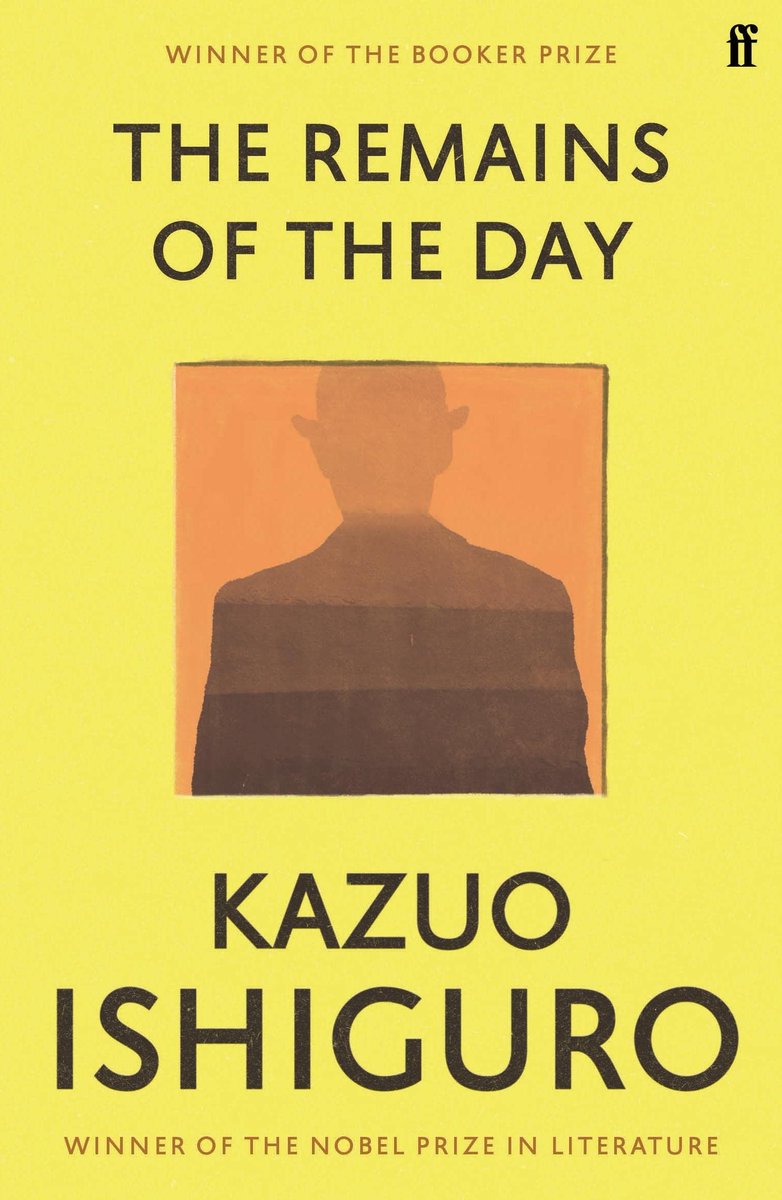I binged @jackbutcher's Build Once, Sell Twice in one sitting.
I expected an online course about building and selling.
But it's more than that.
Build Once, Sell Twice is a mindset. A playbook.
An operating system for the 21st-century entrepreneur.
Here's the TLDR:
[Thread]
I expected an online course about building and selling.
But it's more than that.
Build Once, Sell Twice is a mindset. A playbook.
An operating system for the 21st-century entrepreneur.
Here's the TLDR:
[Thread]

The TL;DR, six-word summary of Build Once, Sell Twice:
• Ideas
• People
• Problems
• Products
• Proof
• Process
This is THE operating system for the 21st-century internet entrepreneur.
• Ideas
• People
• Problems
• Products
• Proof
• Process
This is THE operating system for the 21st-century internet entrepreneur.
Here's the operating system:
1. Start sharing ideas
2. Attract like-minded people
3. Figure out their problems
4. Build products that solve their problems
5. Extract proof you've solved their problem
6. Document/share your process along the way (which becomes a product)
1. Start sharing ideas
2. Attract like-minded people
3. Figure out their problems
4. Build products that solve their problems
5. Extract proof you've solved their problem
6. Document/share your process along the way (which becomes a product)
1/ Ideas
Start sharing your ideas today.
Brainstorm your unique combination of skills, interests, experiences, and perspectives.
Pick a single platform. Tweets, essays, images, blog posts, designs - it doesn't matter.
Start making noise. Then, listen for signal.
Start sharing your ideas today.
Brainstorm your unique combination of skills, interests, experiences, and perspectives.
Pick a single platform. Tweets, essays, images, blog posts, designs - it doesn't matter.
Start making noise. Then, listen for signal.
You will share your initial ideas into the void.
Good. You need time to improve them anyway.
But as you make noise, some ideas will resonate - both with you and others.
Good. You need time to improve them anyway.
But as you make noise, some ideas will resonate - both with you and others.
2/ People
Over time, you'll find ideas that you enjoy sharing and that others enjoy.
Double down on this signal.
Sharpen and tailor these ideas.
Do it for a while.
The result?
You will build a network of ideas and a network of people with which those ideas resonate.
Over time, you'll find ideas that you enjoy sharing and that others enjoy.
Double down on this signal.
Sharpen and tailor these ideas.
Do it for a while.
The result?
You will build a network of ideas and a network of people with which those ideas resonate.
3/ Problems
Like-minded people have similar problems.
Luckily, you've built up a network of like-minded people.
It's your job to analyze:
• Who are these people?
• What do they have in common?
• Why do they appreciate your view?
Most importantly: what are their problems?
Like-minded people have similar problems.
Luckily, you've built up a network of like-minded people.
It's your job to analyze:
• Who are these people?
• What do they have in common?
• Why do they appreciate your view?
Most importantly: what are their problems?
From there, you start to call attention to those problems.
The ideas you share should put into words the problems these people face, but struggle to articulate.
Get inside the conversation they're having in their own head.
The ideas you share should put into words the problems these people face, but struggle to articulate.
Get inside the conversation they're having in their own head.
4/ Products
With problems identified, it's your job to create products that solve them.
The ideas you share should do two things
• Call attention to the problem
• Share why your product is the solution.
With problems identified, it's your job to create products that solve them.
The ideas you share should do two things
• Call attention to the problem
• Share why your product is the solution.
Position your solution as providing:
• Social value
• Practical value
• Monetary value
• Psychological value
Remember: no one cares what your product does.
They care about what it can do for them.
Share the benefits and what they become.
• Social value
• Practical value
• Monetary value
• Psychological value
Remember: no one cares what your product does.
They care about what it can do for them.
Share the benefits and what they become.
5/ Proof
You only need one customer to start.
If you solve their problem, they will rave about it.
Iterate your product until extracting social proof is easy.
You only need one customer to start.
If you solve their problem, they will rave about it.
Iterate your product until extracting social proof is easy.
Once it's solving problems consistently, use testimonials and social proof to increase your credibility
Use that credibility to increase your price.
Then, repeat.
Use that credibility to increase your price.
Then, repeat.
6/ Process
All the while, document your process.
Bring people behind the scenes as you build.
Build with authenticity and transparency.
Distill your knowledge into learnings into process equity.
All the while, document your process.
Bring people behind the scenes as you build.
Build with authenticity and transparency.
Distill your knowledge into learnings into process equity.
Turn the scraps of your build process - your sawdust - into an asset.
This doubles your total market:
• You have people to sell your product to
• You have people to sell your process to
This doubles your total market:
• You have people to sell your product to
• You have people to sell your process to
At any point in your journey, you are somewhere in between these six steps.
Execute accordingly.
Execute accordingly.
I dive deeper into this operating system in this guest post on @jackbutcher's @value
If you're on the fence about starting Build Once, Sell Twice, do it.
You deserve it.
And your future self can't afford to live without it.
value.app/feed/the-zero-…
If you're on the fence about starting Build Once, Sell Twice, do it.
You deserve it.
And your future self can't afford to live without it.
value.app/feed/the-zero-…
If you found this thread useful, jump back to the top and retweet it so others can find it too.
Also: Jack’s released 50 copies for $50 off.
Don’t miss it:
shop.visualizevalue.com/discount/zero2…
Also: Jack’s released 50 copies for $50 off.
Don’t miss it:
shop.visualizevalue.com/discount/zero2…
https://twitter.com/dickiebush/status/1338248613785440257
Oh, and by the way.
Step 1 is share your ideas.
I run an online community of writers called Ship 30 for 30.
You’ll write 30 essays in 30 days with social accountability.
The best way to start sharing ideas?
Do it every day for 30 days.
Ship30for30.com
Step 1 is share your ideas.
I run an online community of writers called Ship 30 for 30.
You’ll write 30 essays in 30 days with social accountability.
The best way to start sharing ideas?
Do it every day for 30 days.
Ship30for30.com
• • •
Missing some Tweet in this thread? You can try to
force a refresh














